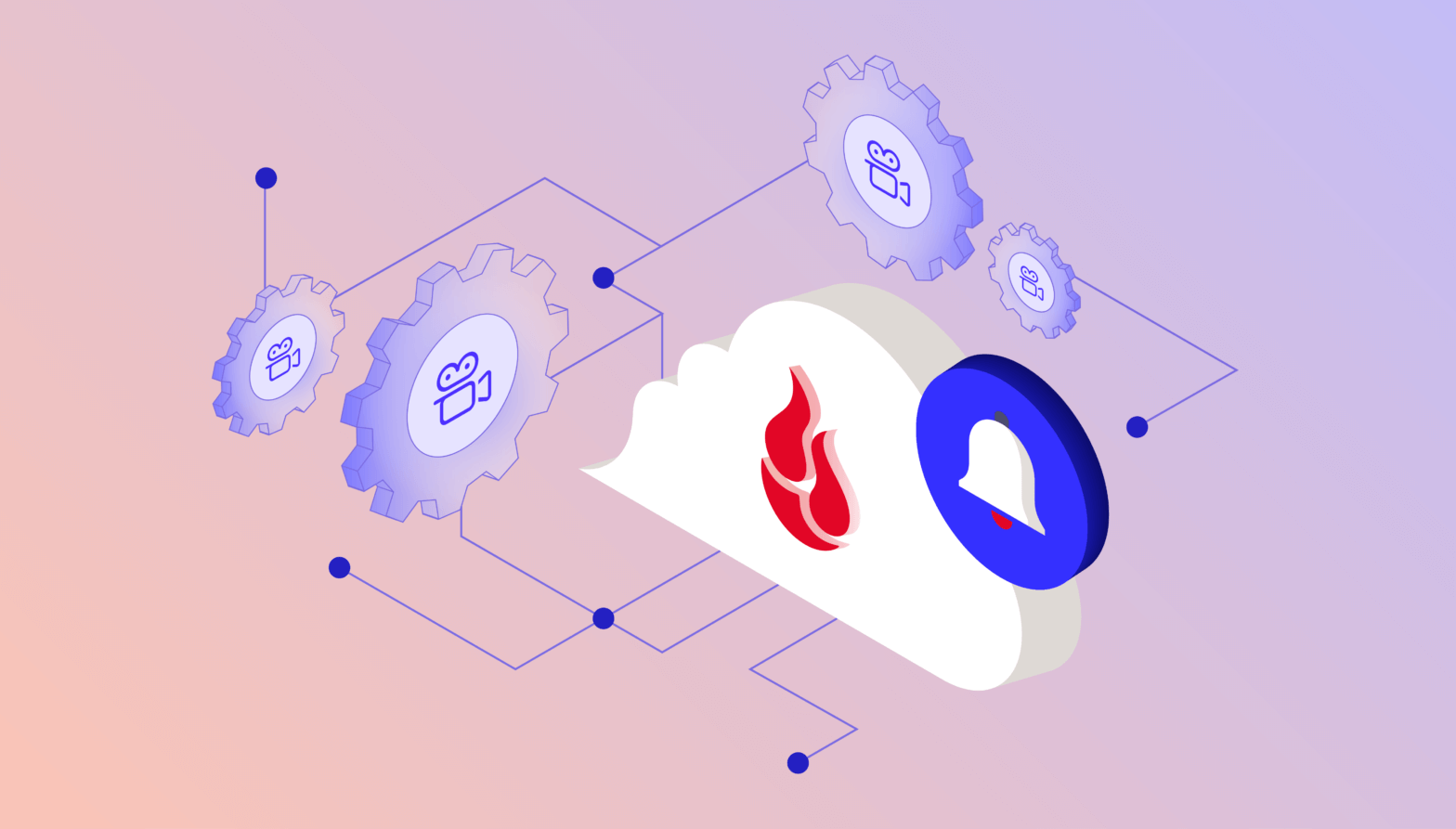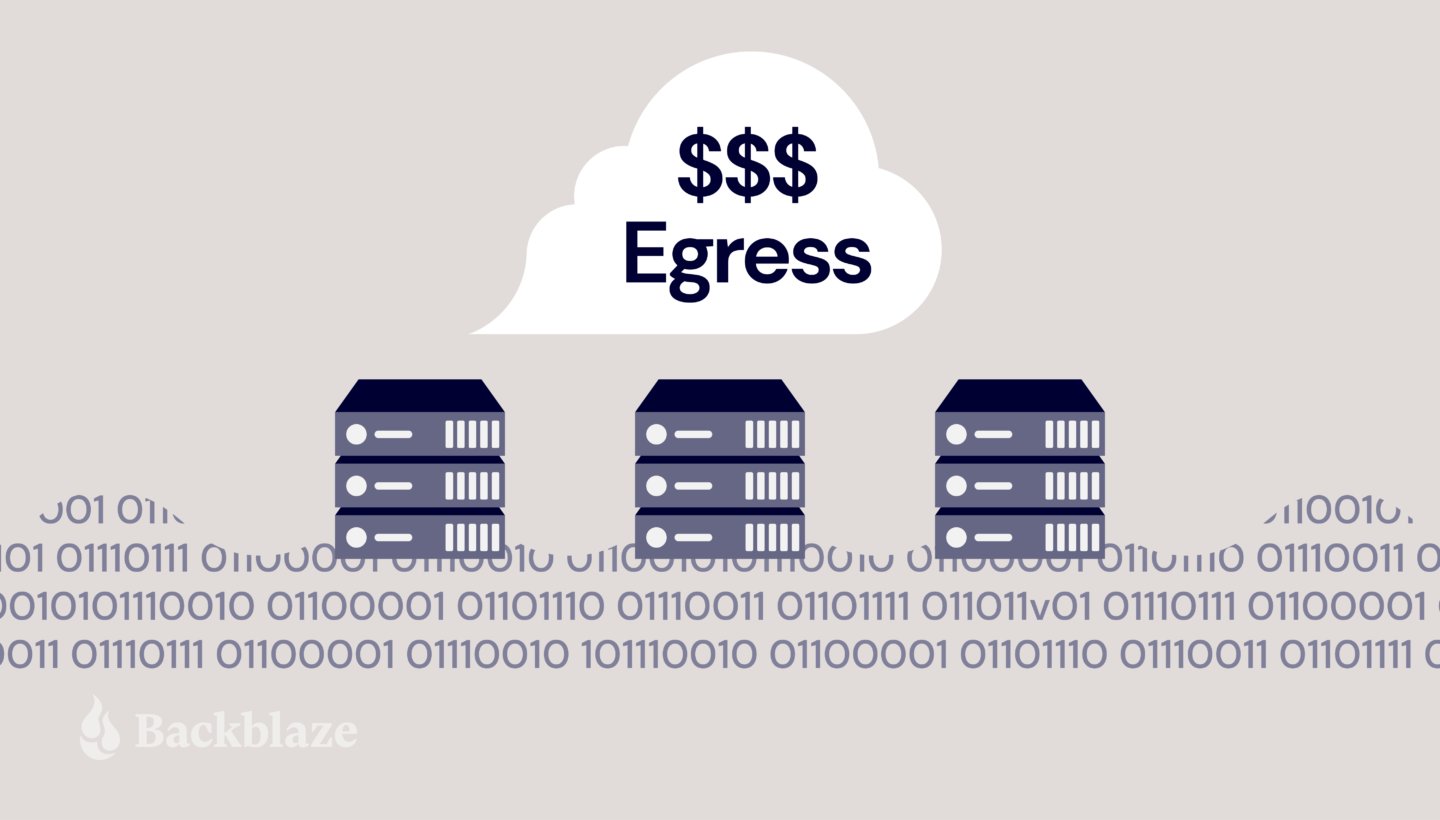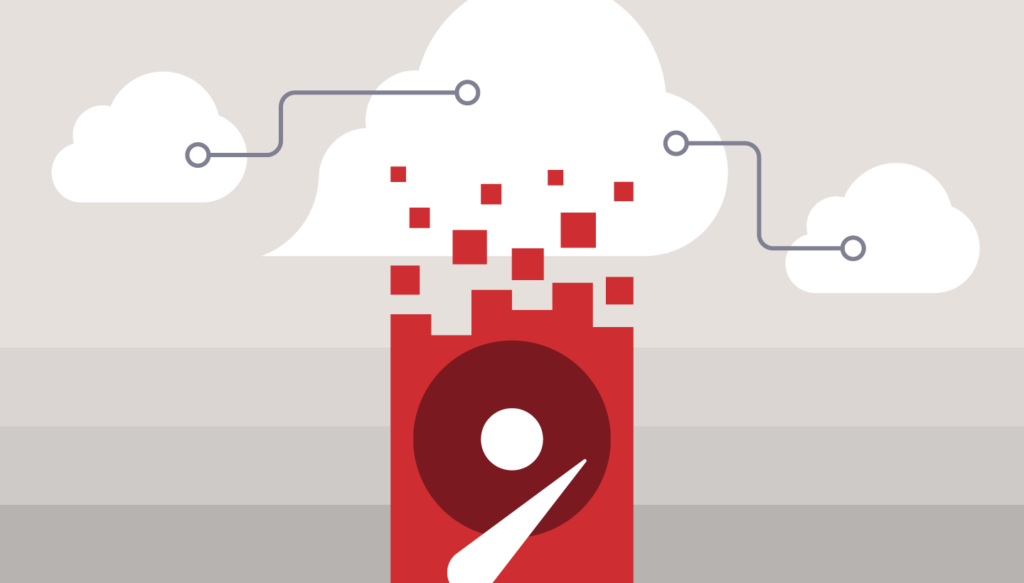
Over the years, the film industry has witnessed constant transformation, from the introduction of sound and color to the digital revolution, 4K, and ultra high definition (UHD). However, a groundbreaking change is now underway, as cloud technology merges with media and entertainment (M&E) workflows, reshaping the way content is created, stored, and shared.
What’s helping to drive this transformation? APIs, or application programming interfaces. For any post facility, indie filmmaker/creator, or media team, understanding what APIs are is the first step in using them to embrace the flexibility, efficiency, and speed of the cloud.
Check Out Our New Technical Documentation Portal
When you’re working on a media project, you need to be able to find instructions about the tools you’re using quickly. And, it helps if those instructions are easy to use, easy to understand, and easy to share. Our Technical Documentation Portal has been completely overhauled to deliver on-demand content in a user-friendly way so you can find the information you need. Check out the API overview page to get you started, then dig into the implementation with the full documentation for our S3 Compatible, Backblaze, and Partner APIs.
From Tape to Digital: A Digital File Revolution
The journey towards the cloud transformation in the M&E industry started with the shift from traditional tape and film to digital formats. This revolutionary transition converted traditional media into digital entities, moving them from workstations to servers, shuttle drives, and shared storage systems. Simultaneously, the proliferation of email and cloud-hosted applications like Gmail, Dropbox, and Office 365 laid the groundwork for a cloud-centric future.
Seamless Collaboration With API-Driven Tools
As time went on, applications began communicating effortlessly with one another, facilitating tasks such as creating calendar invites in Gmail through Zoom and the ability to start Zoom meetings with a command in Slack. These integrations were made possible by APIs that allow applications to interact and share data effectively.
What Are APIs?
APIs are sets of rules and protocols that enable different software applications to communicate and interact with each other, allowing you to access specific functionalities or data from one application to be used in another. APIs facilitate seamless integration between diverse systems, enhancing workflows and promoting interoperability.
Most of us in the film industry are familiar with a GUI, a graphical user interface. It’s how we use applications day in and day out—literally the screens on our programs and computers. But a lot of the tasks we execute via a GUI (like saving files, reading files, and moving files) really are pieces of executable code hidden from us behind a nice button. Think of APIs as another method to execute those same pieces of code, but with code. Code executing code. (Let’s not get into the Skynet complex, and this isn’t AI either.)
Grinding the Gears: A Metaphor for APIs
An easy way to think about APIs is to think of them as gears. Each application has a gear. If we adjust the two gears to talk we simply align them to each other allowing their APIs to establish communication.

Once communications are established, you can start to do some cool stuff. For example, you can migrate a Frame.io archive to a Backblaze B2 Bucket. Or you could use the iconik API to move a file we want to edit with into our Lucidlink filespace, then remove it as soon as we finish our project.

Check out a video about the solution here:
The MovieLabs 2030 Vision and Cloud Integration
As the industry embraced cloud technology, the need for standardization became apparent. Organizations like the Institute of Electrical and Electronics Engineers (IEEE) and the Society of Motion Picture and Television Engineers (SMPTE) worked diligently to establish technical unity across vendors and technologies. However, implementation of these standards lacked persistence. To address this void, the Movie Picture Association (MPA) established MovieLabs, an organization dedicated to researching, testing, and developing new guidelines, processes, and tooling to drive improvements on how content is created. One such set of guidelines is the MovieLabs 2030 Vision.
Core Principles of the MovieLabs 2030 Vision
The MovieLabs 2030 Vision outlines 10 core principles that are aspirational for the film industry to accomplish by 2030. These core principles set the stage with a high importance on cloud technology and interoperability. Interoperability boils down to the ability to use various tools but have them share resources—which is where APIs come in. APIs help make tools interoperable and able to share resources. It’s a key functionality, and it’s how many cloud tools work together today.
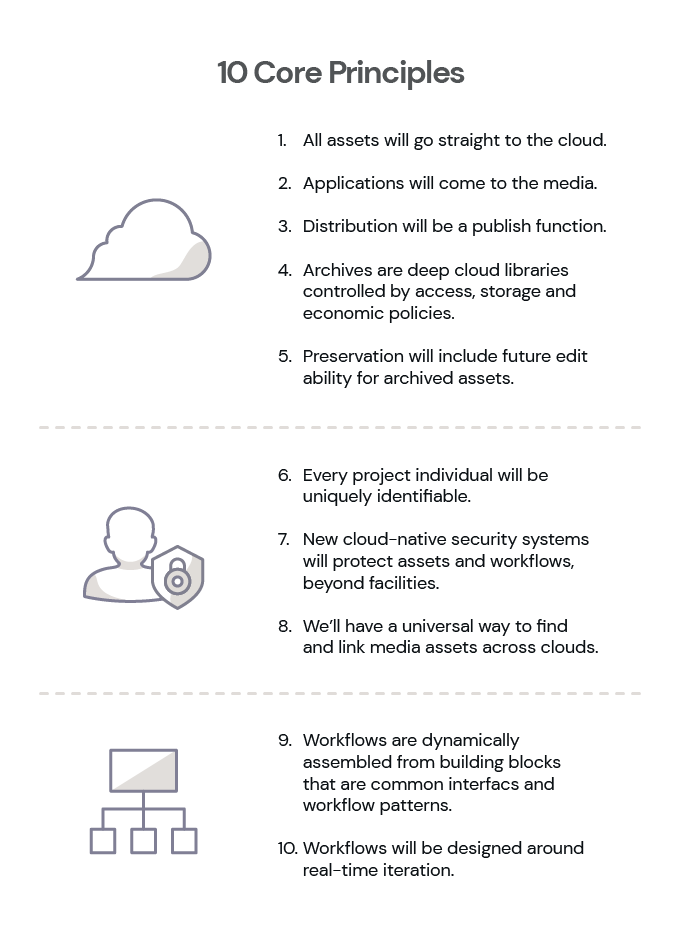
The Future Is Here: Cloud Technology at Its Peak
Cloud technology grants us instant access to digital documents and the ability to carry our entire lives in our pockets. With the right tools, our data is securely synced, backed up, and accessible across devices, from smartphones to laptops and even TVs.
Although cloud technology has revolutionized various industries, the media and entertainment sector lagged behind, relying on cumbersome shuttle drives and expensive file systems for our massive files. The COVID pandemic, however, acted as a catalyst for change, pushing the industry to seriously consider the benefits of cloud integration.
Breaking Down Silos With APIs
In a post-pandemic world, many popular media and entertainment applications are built in the cloud, the same as other software as a service (SaaS) applications like Zoom, Slack, or Outlook. Which is great! But many of these tools are designed to best operate in their own ecosystem, meaning once the files are in their systems, it’s not easy to take them out. This may sound familiar if you are an iPhone user faced with migrating to an Android or vice versa. (But who would do that? 😀)
With each of these applications working in their own ecosystem, the result is their own dedicated storage and usage costs which can vary greatly across tools. So many productions end up with projects and project files locked in various different environments creating storage silos—the opposite of centralized interoperability.
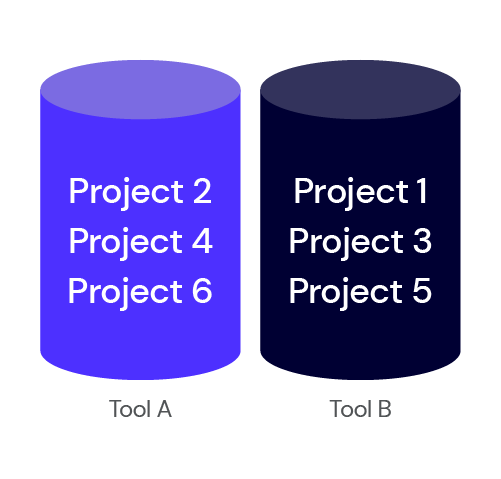
APIs not only foster interoperability in cloud-based business applications, but also empower filmmaking cloud tools like Frame.io, iconik, and Backblaze the ability to send, receive, and delete files (the POST, GET, PUT, and DELETE commands) data from other programs, enabling more dynamic and advanced workflows, such as sending files to colorists or reviewing edits for picture lock.
Customized Workflows and Automation
APIs offer the flexibility to tailor workflows to specific needs, whether within a single company or for vendor-specific processes. The automation possibilities are virtually limitless, facilitating seamless integration between cloud tools and storage solutions.
Want to See More?
Check out my video on the same topic, along with more helpful content, on the Backblaze YouTube channel.
The Road Ahead for Media and Entertainment
The Movie Labs 2030 Vision offers a glimpse into a future defined by cloud tools and automation. Principally, that cloud technology with open and extensible storage exists and is available today.
So for any post facility, indie filmmaker/creator, or media team still driving around shuttle drives while James Cameron is shooting Avatar in New Zealand and editing it in Santa Monica, the future is here and within reach. You can get started today with all the power and flexibility of the cloud without the Avatar budget.


